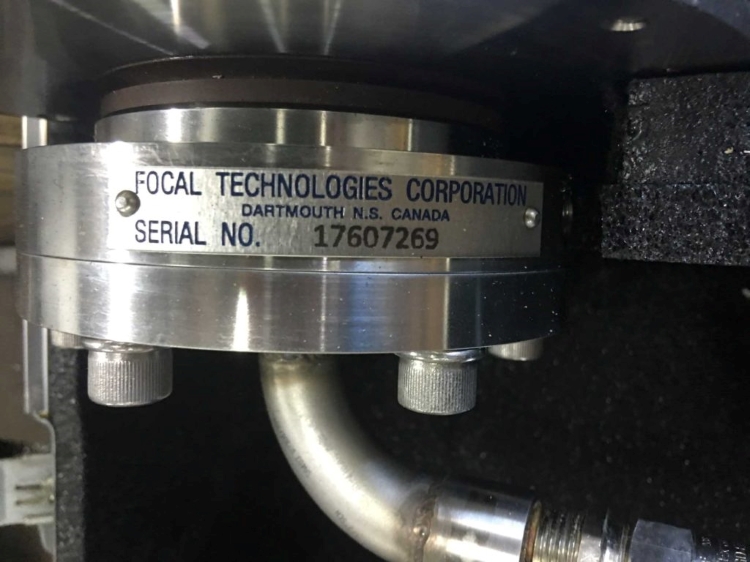Focal slip rings serve as fundamental components in the intricate world of electromechanical systems, providing crucial functionality across various sectors. Ensuring seamless transmission of electrical power and signals from a stationary to a rotating part of a system, these components are integral to numerous applications, underwriting their strategic and commercial importance.
The principle behind the working of focal slip rings is straightforward yet ingenious. Picture a rotating disc, perpendicular to an axis, with electrical connections on its perimeter. Now, imagine a stationary unit, also with electrical connections, placed parallel to the rotating disc, enabling a continuous connection during all phases of disc rotation. Herein resides the magic of focal slip rings. The stationary part is attached to power and signal sources, while the rotating part connects to the receiver unit. Hence, irrespective of the degree of rotation, uninterrupted transmission is assured.
Their superior function and versatility find profound significance in multiple industries. Whether it’s the aerospace industry, where their use in satellites supports global communication networks, or the automotive sector, where they ensure optimal control mechanisms, slip rings form the backbone. Similarly, they’re also pivotal in defense and electronics, enhancing operational efficiency in radar systems and delivering intricate maneuverability in electronic equipment, respectively.
In essence, these two aspects – competent design operation and all-pervasive industrial significance – shape the narrative of focal slip rings, attesting to their crucial role in transforming the landscapes of modern industries. The subsequent sections aim to provide a deeper exploration into the intriguing world of these underestimated marvels of engineering.
Design and Operation of Focal Slip Rings
Focal slip rings are meticulously engineered to cater to the specific needs of various electromechanical systems, offering advantages over standard slip rings. Design elements associated with focal slip rings include multiple channels to transmit a variety of signals, and sometimes even optical or fluidic features that coalesce with electrical connections. Furthermore, the integration of high-quality materials, along with robust and compact designs, allows focal slip rings to excel even in harsh environments where durability becomes a paramount concern.
Divergence from standard slip rings is apparent in terms of proficiency, with focal slip rings accommodating a broader spectrum of applications. This is achieved by allowing more significant customization in design specifications to cater to complex rotations, unique operational requirements, higher current loads, and faster communication rates. The inventive design aesthetics of focal slip rings also include the incorporation of advanced brushes, unique contact materials, and precision bearings that contribute to extended service life, minimal wear, and friction, as well as improved data transmission quality.
Delving into the operational aspects, focal slip rings function as an interface between stationary and rotating parts of a system. Their primary role consists of maintaining electrical continuity during rotation, which is essential for powering the components or devices that are part of the rotating assembly. Besides maintaining connections for power transmission, they also transmit data and control signals in intricately designed systems.
To illustrate, imagine a rotating radar antenna unit that requires unfailing control signals and real-time communication for impeccable performance. This is where focal slip rings come into play. The stationary component of the slip ring is connected to both power sources and control signal emitters, while the rotating component is linked to the antenna. As the antenna revolves, the slip ring ensures uninterrupted electrical connections – both for powering the device and consistently delivering the control signals it requires to function effectively.
In summary, focal slip rings serve as indispensable components designed to tackle unique challenges in complex electromechanical systems. Their flexibility in design and adept operational execution underlines their vital role in transmitting electrical power and signals in an array of applications.
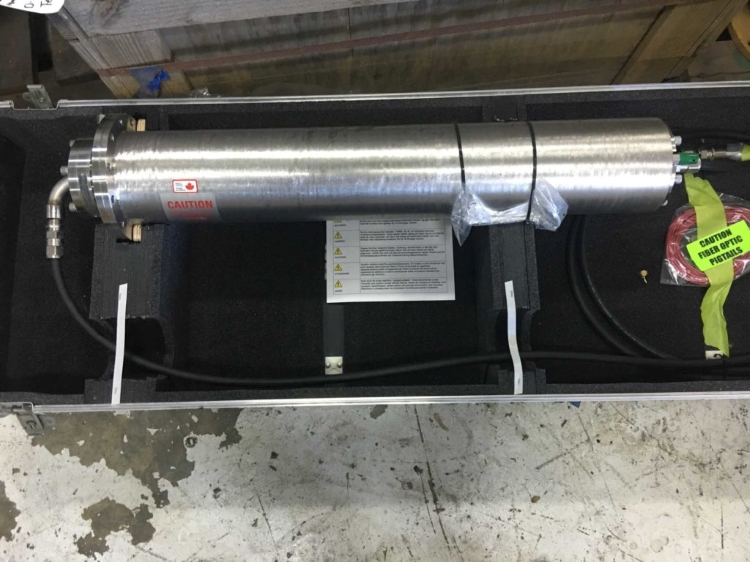
Focal Slip Rings: Uses and Applications
Focal slip rings have commendable versatility – seeing application in multiple industrial and technological spheres. The breadth of their usage stems from their unique functionality and adjustable design considerations, adapting to the demands of different sectors. Among the key industries where they play a crucial role are aerospace, defense, electronics, and automotive.
In the aerospace industry, these components have significant implications. Take, for instance, communication satellites. A non-stop rotation of antennas to focus on the ground station is required, which incessantly demands power and signal reception and transmission. Focal slip rings play a pivotal role here in facilitating continuous power and communication link connectivity, regardless of antenna rotation.

In the realm of defense, focal slip rings find substantial functionality in advanced radar systems. Modern radar systems require intricate movement capabilities and high-speed data transfer between mobile machinery parts and stationary control units. Slip rings here act as the constant, reliable communication bridge ensuring uninterrupted operations and improving defense capabilities.
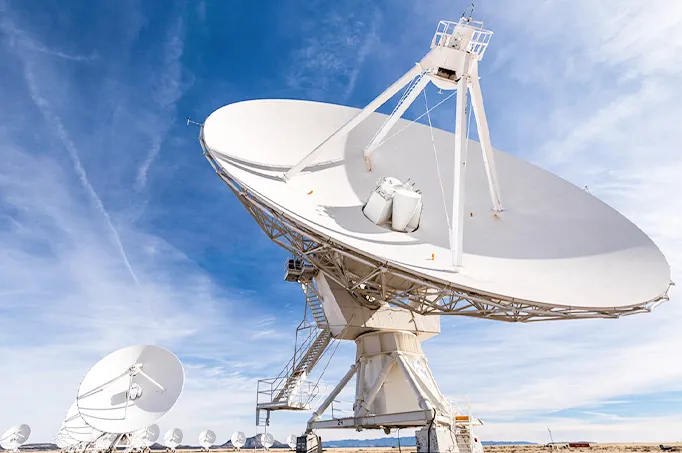
When it comes to the electronics sector, slip rings are employed in several applications like cable reels, wind turbines, and even Closed Circuit TV (CCTVs). They provide continual power supply and data signal transmission to these systems even during rotation, enhancing system operability and efficiency.
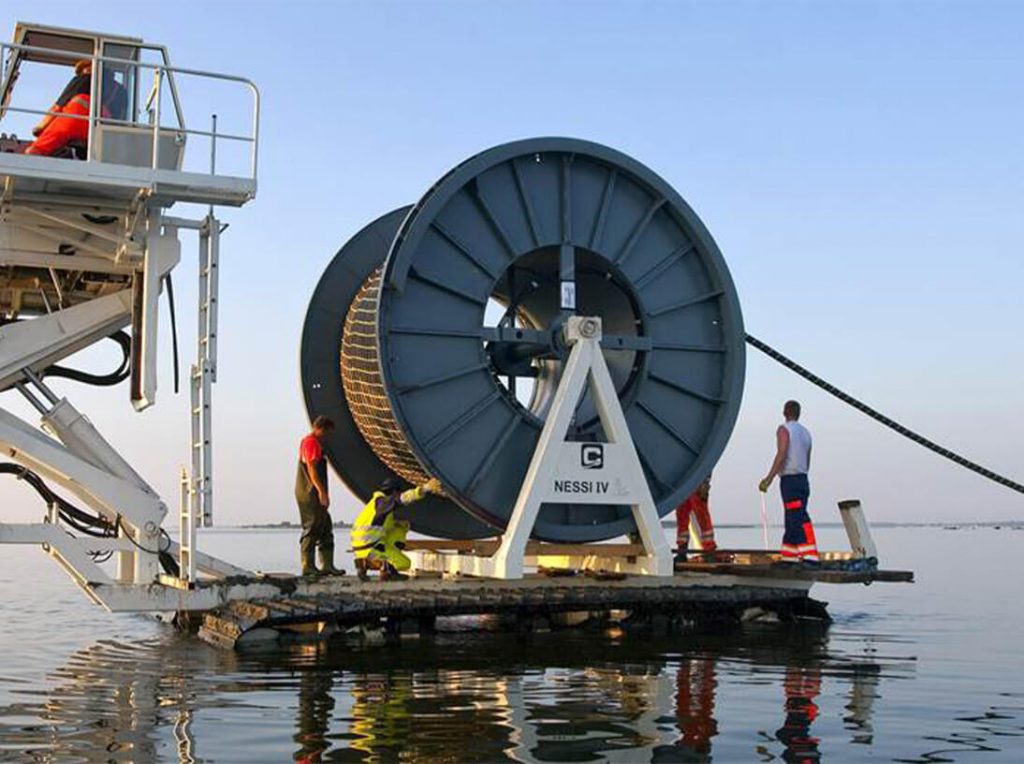
The automotive industry also benefits from focal slip ring technology. From steering controls to transmission systems, these components ensure the continuous transfer of signals and power, improving overall vehicle control and safety parameters.

In summary, focal slip rings’ wide range of applications demonstrates their versatility and adaptability across different industries. Whether in space exploration or on the ground in vehicles, the purpose they serve in each setting not only enhances operational efficiency but also has far-reaching benefits in improving system performance, and safety parameters, and, in certain instances, influencing the success of the mission at hand. By maintaining pivotal connections and driving consistent performance, focal slip rings stand as unsung heroes across a variety of industries.
Advancements in Focal Slip Ring Technology
Focal slip ring technology has witnessed significant advancements in recent years, propelled by endeavors to enhance performance, durability, and reliability. These developments span across critical areas such as material science, design refinement, and manufacturing process improvements, together creating a new paradigm for slip ring technology.
Material science has played an instrumental role in upgrading focal slip ring performance. Modern slip rings use advanced materials such as precious metals, conductive plastics, and fiber optic contacts in their construction. These materials offer low resistance, higher conductivity, and minimal friction, resulting in improved power and signal transmission, better data integrity, and extended lifespan.
Design improvements have also contributed to the surge in focal slip ring capabilities. Advancements in CAD and simulation software have allowed engineers to develop more complex, yet efficient designs. The designs are more compact, versatile, and tailor-made to meet specific application requirements. Moreover, these new designs ensure seamless integration with existing systems, lower maintenance needs, and increased performance across varying operational environments.
Additionally, the evolution of manufacturing processes has led to enhanced quality and reliability of focal slip rings. Automated precision machining, state-of-the-art quality assurance methods, and rigorous testing procedures have resulted in products that exhibit reliable functionality, superior durability, and extended operational life.
These advancements, in essence, have led to focal slip rings that offer superior performance, increased durability, and reliable functionality. They ensure better adaptability across different industries and extended operational lifespan, ultimately contributing to higher system efficiencies and cost savings. Moreover, looking at the pace of these advancements, it becomes apparent that the future holds even greater potential for the evolution and capability enhancements of focal slip rings.
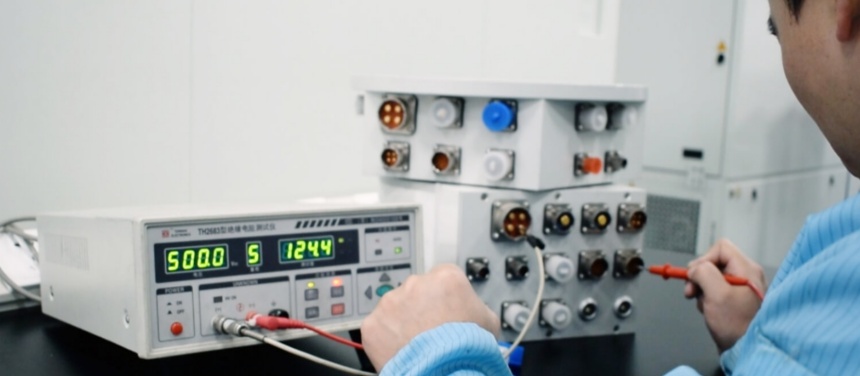
Focal Slip Rings: User Concerns
When exploring focal slip rings, users often have concerns related to product lifespan, maintenance requirements, operational efficiency, and cost. Dealing with these concerns can be critical to satiate the users’ expectations and establish trust in the product.
Product lifespan is often a crucial concern for users. Focal slip rings, by virtue of their function, are subject to continuous rotation, leading to wear and tear over time. However, advancements in material science and manufacturing processes have increased their lifespan significantly. The use of durable, low-resistance materials and precision manufacturing results in robust and durable products that promise sustainability. Furthermore, regular inspection and timely replacement of worn-out components can extend the operational life of these slip rings.
Maintenance could be another area of concern. It is pertinent to note that advancements in design and manufacturing have factored in maintenance ease. Modern slip rings are designed to be user-serviceable with feasible component replacements. Regular maintenance regimes could involve simple actions like cleaning and inspection, ensuring the optimal performance of these slip rings over time.
Operational efficiency is often questioned, particularly in environments demanding high-speed data transfers or power transmissions. However, with design improvements, focal slip rings are capable of serving even high-demand applications with improved data signal quality and power transmission.
Price, inevitably, serves as a point of concern for many users. While initial costs of focal slip rings might be higher due to their specialized function and advanced materials, this expense is counterbalanced by their extended lifespan, low maintenance needs, and improved performance. This results in cost savings over the long term, making it a wise investment.
In conclusion, while user concerns are undoubtedly valid, the continual technological advancements within the realm of focal slip rings offer reassuring responses. By understanding their unique features, maintenance requisites, and overall cost implications, users can realize the value and effectiveness of these components in diverse applications.
Choosing the Right Focal Slip Ring
Choosing the right focal slip ring involves a considerate gaze toward several details to ensure it fits the application perfectly. Understanding factors such as compatibility, power requirements, and rotational speed, along with relying on reputable sources, is crucial to making a knowledgeable choice.
Start with assessing compatibility. The chosen slip ring must align seamlessly with the existing system in your setup. This comprises the size, fitting requisites, material compatibility, and ease of integration. Ensuring compatibility will not just hasten the installation process but also reduce operational inefficiencies and potential risks.
The power requirements of your operation are of paramount importance. Sideline it before making a selection could impact efficiency or even safety. Verify the current and voltage requirements your system necessitates, and ensure the chosen slip ring can comfortably handle it without overheating or performance attrition over time.
Rotational speed, often measured in revolutions per minute (RPM), is another key consideration. The slip ring should be designed to sustain the pace of your operation’s rotation without compromising the power and data transmission quality.
Moreover, consider the environmental conditions where the slip ring will be in operation. If your system operates in a harsh environment, choose a slip ring designed to resist factors such as extreme temperatures, high humidity, dust, or vibration.
Finally, when sourcing focal slip rings, it’s recommended to partner with manufacturers and suppliers with established reputations in the industry. They should possess credible certifications, positive customer reviews, and a demonstrated history of delivering high-quality products on time. Experienced manufacturers will also provide comprehensive technical support, guidance on selection, installation assistance, and reliable after-sales service.
In essence, choosing the right focal slip ring is an exercise that demands close attention to the system requirements and careful evaluation of potential manufacturers. By keeping these factors in mind, you can make an informed decision that ensures the efficient operation of your rotating equipment.
Focal Slip Rings: Future Trends
As technology evolves, so too does the potential for future advancements and trends in focal slip ring technology – a prospect that holds exciting opportunities. Key trends such as the integration with the Internet of Things (IoT) and miniaturization are set to reshape the landscape of this technology, paving the way for innovative applications.
IoT integration is one significant trend to observe. With an increasing number of devices becoming ‘smart’, there is a mounting need for focal slip rings that can support this interconnectivity. IoT-integrated slip rings would allow real-time monitoring of performance metrics, predictive maintenance, and remote operation capabilities, providing increased operational transparency and efficiency.
Miniaturization is another trend on the horizon. As equipment becomes smaller and more compact, the demand for tiny yet high-performing slip rings is on the rise. Advanced manufacturing processes and materials are expected to allow for the production of miniature slip rings that do not compromise performance, thus expanding their use in smaller, intricate devices.
These future trends in focal slip ring technology could revolutionize several industries. For instance, aerospace could leverage IoT-integrated slip rings for better satellite control and communication. Likewise, in the medical field, noteworthy improvements in miniature slip rings could lead to their application in compact, high-precision medical devices.
In conclusion, the future of focal slip ring technology seems vibrant with possibilities and is primed for innovation. These advancements and trends could push various industries towards more efficient operations and, ultimately, prompt a new era of technological applications. The continuous progression of focal slip rings is a testament to their integral role in rotating equipment and the vast potential that lies ahead.
Conclusion
In conclusion, focal slip rings are regularly understated yet powerful players in electromechanical systems. Their importance is further emphasized when addressing user concerns and observing the technology’s rapid advancements. As we glimpse into their foreseeable future, their potential leaves us with expectations of an even wider application spectrum that transcends present capabilities.
Want to know more about our products? Fill out the form to receive detailed specifications.


